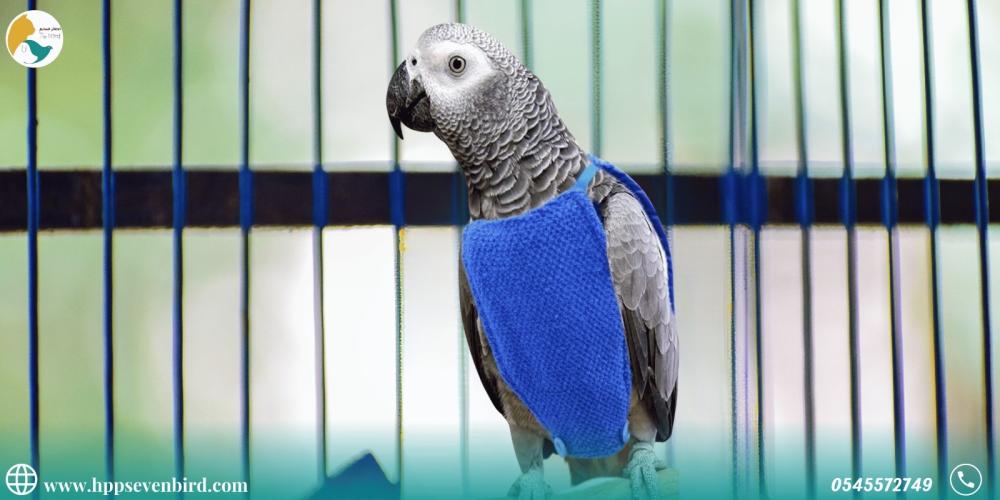Birds are some of the most interesting creatures thanks to their colorful plumage and ability to fly, but their feather grooming behaviors arouse great curiosity. Among these behaviors is what is known as “feather plucking,” a process that may seem strange to some, but it has multiple explanations ranging from natural instinct to health or psychological problems.
:The natural instinct is to get rid of the old feathers
In the world of birds, molting is a vital, cyclical process in which birds shed old or damaged feathers to replace them with new ones, maintaining their ability to fly and insulate. During this stage, birds may exhibit behaviors such as *light pecking* or *tugging* on fallen feathers, which is normal and does not cause harm. Some species, such as ducks and geese, lose their feathers all at once during the breeding season to quickly replace them.
:Pathological plucking when behavior becomes threatening
In other cases, feather plucking turns into a pathological behavior, especially in pet birds such as parrots and cockatoos. Here it is observed that the bird violently plucks its feathers, leading to the appearance of bald spots or wounds in the skin. Reasons for this behavior include:
1. Psychological factors:
- Stress due to environmental changes (such as moving between homes or the presence of other animals).
- Boredom or lack of mental stimulation in cramped cages.
- Feeling lonely, especially if the bird is separated from its companion.
2. Health problems:
- Skin infections or parasites such as lice.
- Nutritional deficiencies (especially proteins or vitamins).
- Hormonal disorders related to the thyroid gland or breeding seasons.
3. Behavioral imitation:
Birds may acquire the habit of plucking feathers from other birds if they live in groups.
How do we distinguish between normal and pathological behavior?
- Natural molt: It occurs in specific seasons, is accompanied by the growth of new feathers, and does not leave wounds.
- Pathological plucking: It continues throughout the year, with the appearance of broken feathers or areas devoid of feathers, and may be accompanied by bleeding or infections.
:Prevention and treatment
Steps to protect bird feathers With the best products offered by the Seventh Bird Store to take care of the health of your birds:
1. Improving the environment: providing spacious cages, stimulating toys, and opportunities for social interaction.
Nobleza Bird Cage 47.5*36*68 cm
2. Balanced nutrition: Introduce fresh vegetables, fruits, and vitamin supplements after consulting your veterinarian.
Versele Laga Nutri Bird Food for Lories and Lorikeets 700g
Inter Nutri Bird & Parrot Food Balanced Food 1kg
3. Veterinary examination: to rule out health causes such as infection or hormonal imbalances.
Enropharb10 % AlPharabi antibiotic solution for birds 15ml
Sevenbird Essential Cuttlefish Bone for All Birds to Maintain Beaks and Nails 2 pieces each 6 inch
4. Behavioral intervention: using special temporary collars to prevent plucking, or reinforcing positive behavior with rewards.
Lulu Pets Rose and Fisher Fruit Flavored Bird Feeding Treats, 2 Pieces, 90g
Zolux crunchy stick Budgie Treats with Millet and Honey 85g
5. Interactive games: You can use interactive games for birds to improve their psychological state and add fun to their time.
Games and entertainment for birds and parrots, the swing game from Seven Bird
Games and entertainment for birds and parrots from Seven Bird
In conclusion: Bird feathers are not just a tool for flight, but rather an indicator of their physical and psychological health. While feather plucking is part of their natural life cycles,
Its devastating recurrence calls for urgent attention. By understanding birds' needs and providing comprehensive care, we can help them maintain their beautiful plumage and active lives.

